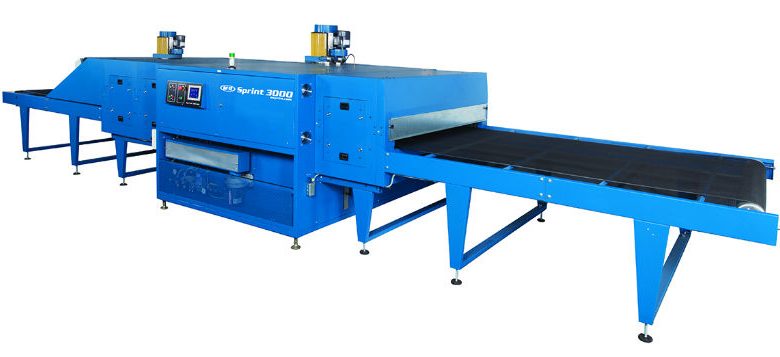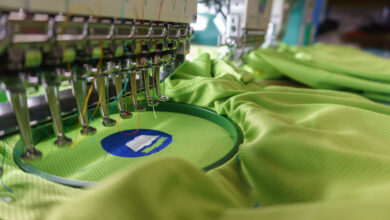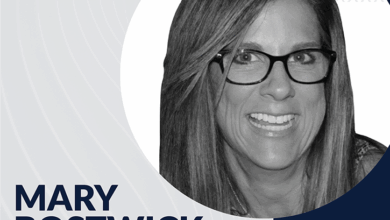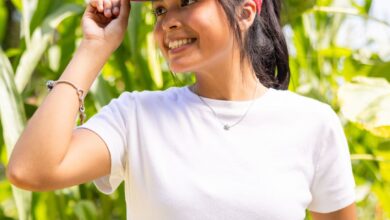
Offering advice on which dryer is the best for your screen printing operation can be challenging as all shops aren’t created equal. However, asking the right questions is an excellent place to start when figuring out which dryer will best fit your needs. Here are some questions to get you started on your search:
How big is your shop?
Dryers come in all shapes and sizes, but the most important part is the heat section. Some dryers feature heat sections that come in 2-foot increments and the most common size heat sections are 6′, 8′, 10′ and 12′. Larger sizes for high-production applications can also be found in the industry. They come in a variety of belt widths from 24″-84″, in one-foot increments. The infeed and outfeed sections are the exposed belt at the entrance and exit of the heat chamber. These come in different sizes as well, depending on what type of environment you need the dryer to handle. If you are tight on space, the best thing to do is work on a floor plan first.
Do you have a single phase or three-phase electric service in your shop?
Find out from your electrician or landlord if you don’t know because it will impact your decision. Electric dryers are usually less expensive than gas dryers. So, if you’re thinking an electric IR (infrared) dryer is best and three-phase power is available, then that’s how you should configure the dryer. Running a dryer with three-phase power will cost about half as much to operate compared to a single-phase dryer. Alternatives are available if you’re only working with single-phase power.
Is gas available at your shop?
Depending on where your shop is located, gas dryers can save as much as 30 percent in energy costs compared to electric dryers. Even though a gas dryer costs more upfront to buy, you will far surpass that extra cost in energy savings over the first few years of operation.
How many presses does the dryer need to handle?
If you are planning on running more than one manual press or auto on the dryer, or a combination of both, you may want to extend the infeed, so there is enough open belt space to lay garments down on both sides of the belt.
What will be your dryer requirements in a year or two?
If you need a dryer now to handle your current workflow but have plans to add another press in the future, you may want to go big now, in anticipation of growth. Consider a dryer that has expandable options to fit your needs as you grow in production output.
What ink systems will you be using now and in the future?
There is a lot of development going on right now with water-based ink systems. Although you can get adequate results with some electric IR dryers, a gas-fired convection (hot air) dryer is a better choice because it features increased air flow to help with evaporation of water-based inks. Also, ask your ink supplier for the curing specifications for your inks. This information is essential to know when making an educated decision on the best dryer.
What is your budget?
Electric IR dryers are usually less expensive up front, but gas-fired dryers are cheaper to operate. They do better with athletic wear because of constant temperature monitoring. More air movement from a gas dryer is beneficial when curing water-based and discharge inks.
How many garments do you expect the dryer to handle per hour?
This is by far the most essential information you need when buying a dryer. Remember that long-sleeve garments, 3XL garments, and hoodies take up more space on the dryer belt. Don’t let your dryer dictate your profit! Buy a dryer with a little excess capacity for when you’re running faster on small prints. Waiting for the dryer belt to clear so that you can lay the next garment down is something to avoid if at all possible.



